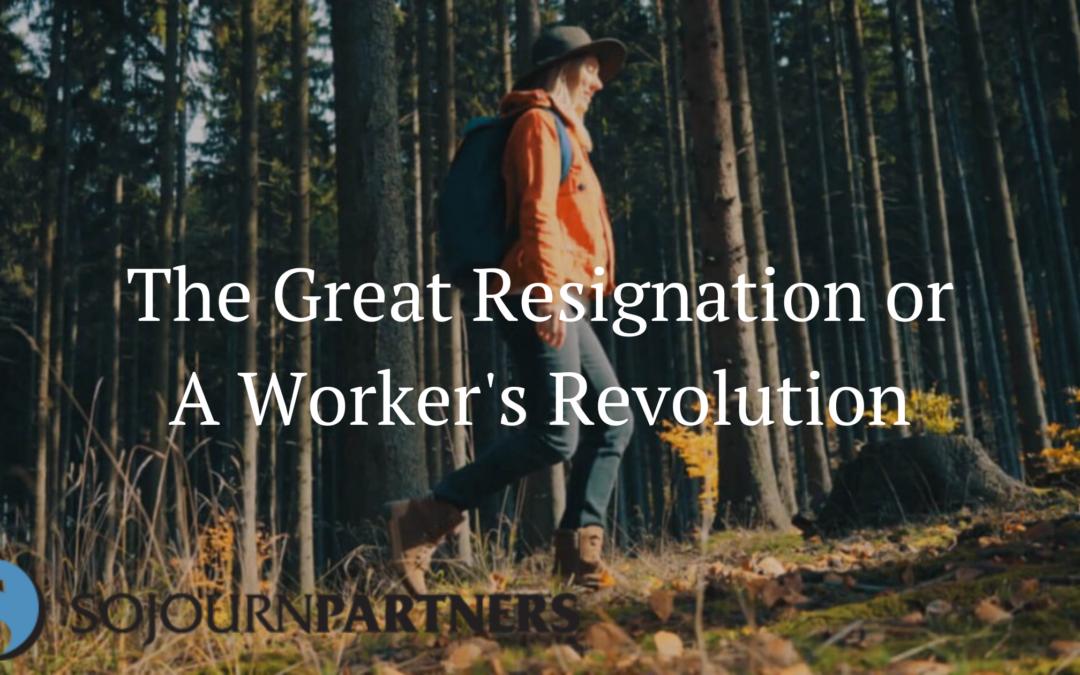Lessons Learned from COVID
The COVID-19 pandemic has taught organizational leaders a number of lessons. As cases and infections ebb and flow, new challenges are placed at the feet of these leaders. The leading challenge has been coined “the great resignation” – or some variation. However, it may be a “worker’s revolution”.
Workers Revolution
The idea of a “great resignation” frustrates business leaders because it has led to unprecedented labor shortages and service interruptions. But this “great resignation” could be a “workers revolution”. If you search “worker’s revolution” on LinkedIn you will see there is a reframing of how and why employees are leaving their companies. Employees are leaving not solely because they are being paid less, some are even taking pay cuts. Workers are revolting against bad managers, tone-deaf companies, and poor work-life balance. Workers are reevaluating their jobs and how it meshes with their personal lives, personal values, and overall well-being. It is no longer just about money.

Quitting Motivated by Mental Health
In a recent article for The Atlantic, Derek Thompson wrote, “…quitting is a concept typically associated with losers and loafers, but this level of quitting is really an expression of optimism that says, “We can do better”. This workers revolution is not affecting one industry – it is being felt in all industry segments. It is not just affecting young workers. Workers are on the hunt for organizations that are willing to and are prepared to do better by their employees. Some workers are looking for safer working conditions, better wages, better benefits, better work-life balance, or are tired of general rudeness from customers and the public. There are workers to be had, but the price of attracting talent isn’t all about dollars and cents. Right now, the labor force is looking for employers who care about them and their health, both physical and mental.
Employer Differentiation
Wages will always play a role in attracting talent. More so than ever, it is not the singular determining factor when accepting a job. Workers are comparing jobs in the same way consumers shop for goods. The features and benefits of a job are more critical now than less than a decade ago. How a company treats its employees, how they support their mental health, how flexible a company is with working locations and hours, and how organizational values align with worker personal values will drive an influx of hiring or drive more employees out the door. Many people want commitment from their employer, including free industry training and leadership development. They want to know they are valued enough to be invested in.
Evaluation of Offerings
As an employer, you may need to reconsider what you are offering your labor force and potential applicants. You cannot assume you know what people want. The landscape is different. Fortunately, we are not working without a map. We have tools such as DISC profiles and Emotional Intelligence to direct our decisions on how to care for our people. Connect with Sojourn Partners to discover what training might be appropriate for you and your leadership team.

